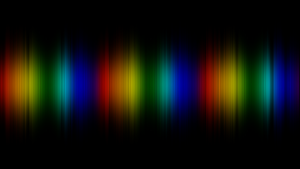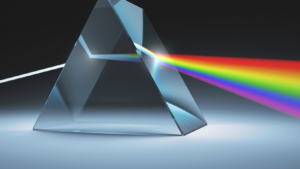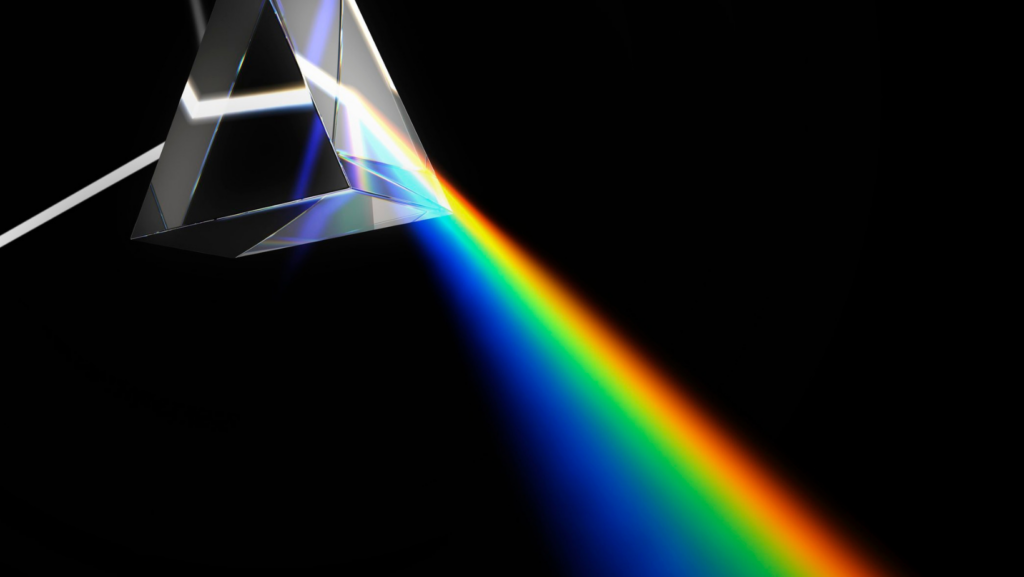They say light and dark are two sides of the same coin, a delicate balance that shapes our world. But what if we told you there’s more to it than meets the eye? This article delves into the intriguing concept of “Light Spectrum“, a theory that pushes the boundaries of our understanding.
We’ll explore the science behind light and darkness, and how they intertwine in ways you might not expect. From the physics of light to the mysteries shrouded in darkness, we’ll take a journey that illuminates the unknown. So, buckle up for a ride that’s sure to spark your curiosity and ignite your imagination.
Understanding Light Spectrum
 Peering into the sphere of “Light Spectrum” is akin to unraveling the warp and weft of an intricate tapestry. It’s a concept that pushes the boundary lines of traditional knowledge, highlighting the unspoken agreement between brightness and obscurity. Underneath the umbrella term of “Light Spectrum”, lies an intricate understanding that light and darkness exist not as antitheses, but in an empathetic symbiosis. It’s a concept that offers an immersive journey into the vast expanse of science where light can be dark, and darkness, at its heart, cradles light.
Peering into the sphere of “Light Spectrum” is akin to unraveling the warp and weft of an intricate tapestry. It’s a concept that pushes the boundary lines of traditional knowledge, highlighting the unspoken agreement between brightness and obscurity. Underneath the umbrella term of “Light Spectrum”, lies an intricate understanding that light and darkness exist not as antitheses, but in an empathetic symbiosis. It’s a concept that offers an immersive journey into the vast expanse of science where light can be dark, and darkness, at its heart, cradles light.
First, let’s delve into the concept’s essence. Light, denoted in physics by gklq5zyzg4q, represents an entity often associated with illumination, clarity, and visibility. In contrast, darkness commonly signifies absence, invisibility, or a void. Yet, the theory of “Light Spectrum” proposes a shift in this perspective, suggesting that these opposing forces can seamlessly interchange and transform into one another.
Exploring Light Spectrum Applications
 Diving deeper into “Light Spectrum,” it’s clear that this theory isn’t just an abstract concept. Its potential applications offer unique insights and transformative potential across diverse fields. From revolutionizing imaging technology to enhancing understandings in astrophysics, this fascinating entity opens up a world of exciting possibilities. Understanding “Light Spectrum” brings the potential for innovations within practical fields. It inspires creative approaches to solve complex problems. For instance, optical devices may benefit greatly from the symbiotic relationship between light and darkness. The ability to switch between the two states could enhance imaging capabilities or revolutionize the way we harness light for improved energy efficiency.
Diving deeper into “Light Spectrum,” it’s clear that this theory isn’t just an abstract concept. Its potential applications offer unique insights and transformative potential across diverse fields. From revolutionizing imaging technology to enhancing understandings in astrophysics, this fascinating entity opens up a world of exciting possibilities. Understanding “Light Spectrum” brings the potential for innovations within practical fields. It inspires creative approaches to solve complex problems. For instance, optical devices may benefit greatly from the symbiotic relationship between light and darkness. The ability to switch between the two states could enhance imaging capabilities or revolutionize the way we harness light for improved energy efficiency.
Moreover, the dynamics of “Light Spectrum” could lead to remarkable advancements in the fields of physics and astrophysics.
Examples of Light Spectrum Applications
Peering into the possible applications of “Light Spectrum” provides a kaleidoscope of exciting prospects. In the realm of imaging technology, advanced cameras leveraging “Light Spectrum” could achieve previously unthinkable feats – capturing high-resolution images in low light scenarios, for example.
Moreover, in telecommunications, incorporating “Light Spectrum” principles could push the boundaries of data transfer. Harnessing the power of light and darkness interchangeably offers a unique solution to the challenge of communicating faster and more efficiently.
Finally, in the energy sector, the application of “Light Spectrum” could inspire the development of innovative systems that not only harness light for power but also use darkness as a potential energy source, enhancing sustainability efforts.
Delving into Light Spectrum’s Technicalities
 Continuing from the trail of thoughts, this section digs deeper into the intricate mechanics underlying the theory of Light Spectrum. It dissects the complex interactions of light and darkness, breaking it down into comprehensible parts. Core to the Light Spectrum theory is its distinct mechanism. It diverges from conventional understanding by proclaiming a fluid interchangeability between light and dark. This premise upends the traditionally rigid, dichotomous view of light and dark, painting them instead as mutually transformative entities. In detail, when given specific conditions, light and dark states may seamlessly interchange, that, given the right circumstances, photons can sink into a state of darkness and vice versa.
Continuing from the trail of thoughts, this section digs deeper into the intricate mechanics underlying the theory of Light Spectrum. It dissects the complex interactions of light and darkness, breaking it down into comprehensible parts. Core to the Light Spectrum theory is its distinct mechanism. It diverges from conventional understanding by proclaiming a fluid interchangeability between light and dark. This premise upends the traditionally rigid, dichotomous view of light and dark, painting them instead as mutually transformative entities. In detail, when given specific conditions, light and dark states may seamlessly interchange, that, given the right circumstances, photons can sink into a state of darkness and vice versa.
ERM measurements lend evidence to this, with observed shifts indicating a ceaseless flux between light and darkness on a quantum level. Tracing the H2 heading, we perceive light and dark not as static, distinct states, but as dynamic and interchangeable. This revolutionary mechanism, underpinning Light Spectrum, heralds a new chapter in our understanding of light, darkness, and indeed, the fabric of the universe itself.
